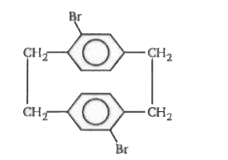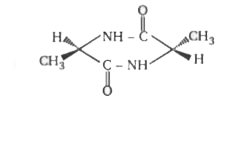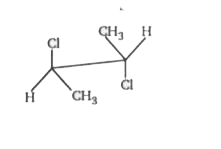Which of the following would show pentaradial symmetry and have a calcareous endoskeleton made up of ossicles ?
Mollusca
Annelida
Arthropoda
Echinodermata
The correct Answer is:D
To solve the question "Which of the following would show pentaradial symmetry and have a calcareous endoskeleton made up of ossicles?" we need to analyze the options provided: Mollusca, Annelida, Arthropoda, and Echinodermata.
1. Understanding Pentaradial Symmetry:
- Pentaradial symmetry is a type of radial symmetry where the body parts are arranged around a central axis in five parts. This is characteristic of certain marine organisms.
2. Identifying Calcareous Endoskeleton:
- A calcareous endoskeleton is an internal skeleton made of calcium carbonate. This feature is important for the classification of certain groups of animals.
3. Analyzing the Options:
- Mollusca: This group includes animals like snails and clams, which exhibit bilateral symmetry, not pentaradial symmetry.
- Annelida: This group consists of segmented worms, which also show bilateral symmetry.
- Arthropoda: This group includes insects, arachnids, and crustaceans, which again exhibit bilateral symmetry.
- Echinodermata: This group includes sea stars, sea urchins, and sea cucumbers. They exhibit pentaradial symmetry and have an endoskeleton made up of calcareous ossicles.
4. Conclusion:
- Based on the characteristics discussed, the correct answer is Echinodermata. They are the only group listed that shows pentaradial symmetry and possesses a calcareous endoskeleton made of ossicles.
Final Answer:
Echinodermata
- Pentaradial symmetry is a type of radial symmetry where the body parts are arranged around a central axis in five parts. This is characteristic of certain marine organisms.
- A calcareous endoskeleton is an internal skeleton made of calcium carbonate. This feature is important for the classification of certain groups of animals.
- Mollusca: This group includes animals like snails and clams, which exhibit bilateral symmetry, not pentaradial symmetry.
- Annelida: This group consists of segmented worms, which also show bilateral symmetry.
- Arthropoda: This group includes insects, arachnids, and crustaceans, which again exhibit bilateral symmetry.
- Echinodermata: This group includes sea stars, sea urchins, and sea cucumbers. They exhibit pentaradial symmetry and have an endoskeleton made up of calcareous ossicles.
- Based on the characteristics discussed, the correct answer is Echinodermata. They are the only group listed that shows pentaradial symmetry and possesses a calcareous endoskeleton made of ossicles.
Echinodermata
Similar Questions
Knowledge Check
Which of following compound has center of symmetry?
A B
B C
C DAll of these
DAll of these
Which of the following would have a permanent dipole moment ?
View SolutionWhich of the following would have a permanent dipole moment ?
View SolutionWhich of the following compound posses centre of symmetry?
View SolutionWhich of the following represent zygomorphic symmetry
View SolutionWhich of the following is made up of dead cells
View SolutionWhich of the following is made up of dead cells
View SolutionWhich of the following is made up of dead cells
View Solution